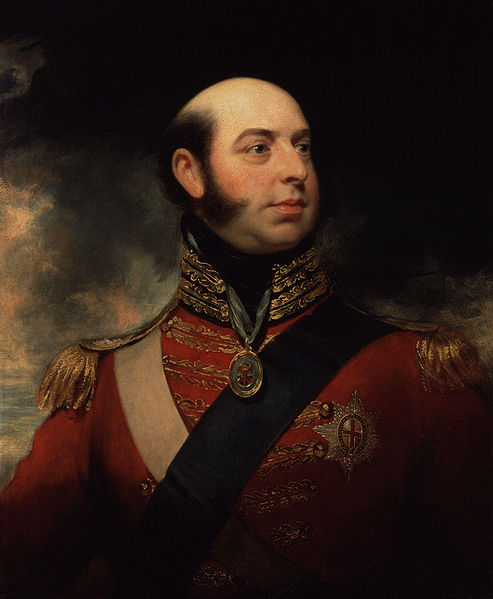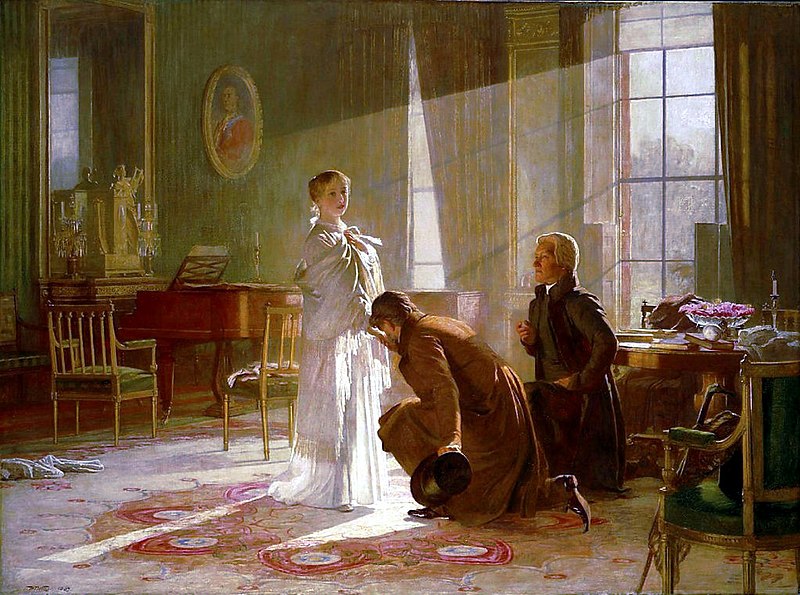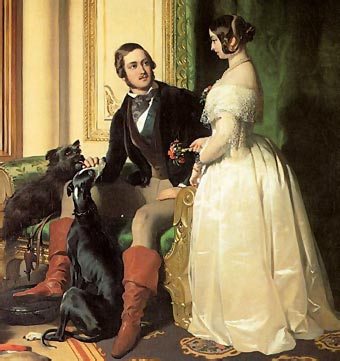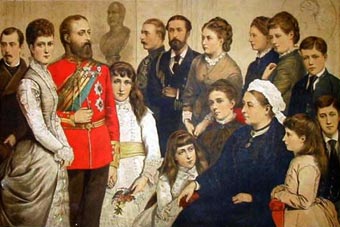Last week my English teacher said us to do a story on a website called Storybird and then hang it in our blog.
This is mine, I hope you like it :)
Lost Dreams
Friday 11 April 2014
Thursday 3 April 2014
CAMINO DE SANTIAGO
This March I went to the Camino de Santiago with my class, my religion teacher Marisa and my history teacher Diego. We were walking five days (from 21st to 25th March) and we traveled about 70 km.
Our route was as follows:
-The first day went from Palas de Rei to Melide.
-The second day we went from Melide to Arzúa.
-The third day we went to O Pedrouzo from Arzúa.
-The fourth day we went from O Pedrouzo to Monte do Gozo.
-The fifth day we arrived in Santiago, although the previous day we had already been there in the afternoon but we had not been walking but rather by bus.
In addition, we had a schedule, which is as follows:
-7:00: Wake up.
-7:00-7:45: Breakfast.
-8:00: Start to walk.
-11:00-11:45: Stop walking and eat a sandwich.
-12:00: Star to walk.
-14:00-14:45: Arrive to hostel and have a shower.
-15:00: Lunch.
-16:00-18:30: Free time.
-18:30-20:00: Walk around the village.
-20:00-21:00: Dinner.
-22.00: Go to sleep.
I decided to go to the Camino de Santiago because it was a unique opportunity to visit a little Galicia and to see the Santiago's Cathedral. Santiago de Compostela is a beautiful city that I recommend to visit:
Also, there have been lots of laughs and fun along the way:
Also Sandra and I met two English gentlemen with whom we had a little conversation:
This trip has been a unique and unforgettable experience.
Our route was as follows:
-The first day went from Palas de Rei to Melide.
-The second day we went from Melide to Arzúa.
-The third day we went to O Pedrouzo from Arzúa.
-The fourth day we went from O Pedrouzo to Monte do Gozo.
-The fifth day we arrived in Santiago, although the previous day we had already been there in the afternoon but we had not been walking but rather by bus.
In addition, we had a schedule, which is as follows:
-7:00: Wake up.
-7:00-7:45: Breakfast.
-8:00: Start to walk.
-11:00-11:45: Stop walking and eat a sandwich.
-12:00: Star to walk.
-14:00-14:45: Arrive to hostel and have a shower.
-15:00: Lunch.
-16:00-18:30: Free time.
-18:30-20:00: Walk around the village.
-20:00-21:00: Dinner.
-22.00: Go to sleep.
I decided to go to the Camino de Santiago because it was a unique opportunity to visit a little Galicia and to see the Santiago's Cathedral. Santiago de Compostela is a beautiful city that I recommend to visit:
Also Sandra and I met two English gentlemen with whom we had a little conversation:
This is the conversation:
I said: Hi
my name is Cristina and she’s Sandra
Sandra said:
Hi, we are english students at Jaime Gil de Biedma School in a village called
Nava de la Asunción in Segovia
They said: Yes, no problem.
I said: Thank you. What are your names?
John said: I'm John.
Tom said: I'm Tom.
Sandra said: Where are you from?
They said: We're fromYork
We said: Ouh yes, Our teacher told us where it is. Which languages can you speak?
John said: I spoke Portuguese, English, French… but I lost my memory because I had a stroke.
Tom said: He walks a lot and it's good for his health.
I said: Yes, It's healthy. And you? Which languages can you speak?
John said: Ouh, I only speak english and a bit spanish.
We said: Good, it's fantastic. Are you on holiday inGalicia
They said: Yes, When we finish the Camino, we'll stay two weeks there.
We said: Where are you staying now?
They said: We're staying in Rivadiso.
We said: In a hostel, hotel..?
They said: In a youth hostel.
I said: What are your jobs?
John said: I was an engineer.
Tom said: I had many jobs. I was a professional footballer, I was a bookmaker for horses and other jobs.
We said: It's great. Which parts ofSpain
They said:Barcelona , Gran Canarias, Santander , Bilbao , Oviedo , Vigo
I said: Which place did you like most?
They said: I like the north ofSpain :
Santillana del Mar, Altamira
caves...
We said: Ok. Do you like Spanish food?
They said: Yes.
We said: What is your favourite dish?
John said: I like boquerones and octopus.
Tom said: I don't know, I like all. The food is very good.
Sandra said: I think that the food is better in the north ofSpain
They said: Yeah yeah.
We said: What do you like most aboutSpain
They said: The girls.
( Everybody laughed)
We said: And what don't you like aboutSpain
They said: The airport, because We go home.
Sandra said: I think that it's all.
They said: Oouh OK, It was good.
We said: Ouh thank you, thank you.
They said: Yes, no problem.
I said: Thank you. What are your names?
John said: I'm John.
Tom said: I'm Tom.
Sandra said: Where are you from?
They said: We're from
We said: Ouh yes, Our teacher told us where it is. Which languages can you speak?
John said: I spoke Portuguese, English, French… but I lost my memory because I had a stroke.
Tom said: He walks a lot and it's good for his health.
I said: Yes, It's healthy. And you? Which languages can you speak?
John said: Ouh, I only speak english and a bit spanish.
We said: Good, it's fantastic. Are you on holiday in
They said: Yes, When we finish the Camino, we'll stay two weeks there.
We said: Where are you staying now?
They said: We're staying in Rivadiso.
We said: In a hostel, hotel..?
They said: In a youth hostel.
I said: What are your jobs?
John said: I was an engineer.
Tom said: I had many jobs. I was a professional footballer, I was a bookmaker for horses and other jobs.
We said: It's great. Which parts of
They said:
I said: Which place did you like most?
They said: I like the north of
We said: Ok. Do you like Spanish food?
They said: Yes.
We said: What is your favourite dish?
John said: I like boquerones and octopus.
Tom said: I don't know, I like all. The food is very good.
Sandra said: I think that the food is better in the north of
They said: Yeah yeah.
We said: What do you like most about
They said: The girls.
( Everybody laughed)
We said: And what don't you like about
They said: The airport, because We go home.
Sandra said: I think that it's all.
They said: Oouh OK, It was good.
We said: Ouh thank you, thank you.
This trip has been a unique and unforgettable experience.
Tuesday 18 March 2014
ST PATRICK'S DAY
Every year on March 17, the Irish and the Irish-at-heart across the globe observe St. Patrick’s Day. What began as a religious feast day for the patron saint of Ireland has become an international festival celebrating Irish culture with parades, dancing, special foods and a whole lot of green.
Tuesday 4 February 2014
QUESTIONS ABOUT VICTORIA I OF UNITED KINGDOM
1) Where she was born?
2) How was her father's name?
3) Who was her uncle?
4) Where she lived while he was reigning?
5) Who was she married?
6) How many children did they have?
7) What year her husband died?
8) What year Victoria I died?
9) Where is she buried?
2) How was her father's name?
3) Who was her uncle?
4) Where she lived while he was reigning?
5) Who was she married?
6) How many children did they have?
7) What year her husband died?
8) What year Victoria I died?
9) Where is she buried?
Monday 6 January 2014
Victoria I of the United Kingdom
She was born in London on 24 May, 1819.
The father of the future Queen had enough debts before
marriage, but their economic situation began to worsen even more. Victoria’s parents had to leave England and
started living in Germany. A few weeks later, Victoria 's
mother learned she was pregnant and the Duke realized the importance of the
fact that the girl was born in England

Victoria of Sajonia-Coburgo-Saalfeld

Edward, Duke of Kent and Strathearn

The 20 June, 1837, his uncle King William IV died and Victoria became Queen of the United Kingdom. His coronation took place on 28 June, 1838 and Victoria became the first sovereign to live in Buckingham Palace. The 1 January, 1877 she was crowned Empress of India.


She married with Albert of Sajonia-Coburgo on 10 February, 1840 at the Chapel Royal of St. James Palace in London.They had nine children: Victoria, Eduardo VII, Alicie, Alfred, Elena, Luisa, Arthur, Leopoldo and Beatriz. They lived in Buckingham Palace.



The saddest moments in the life of Victoria were in 1861 when her mother, and her husband Albert died within months of each other.
She died at Osborne House on the Isle of Wight because of their weakened health, on 22 January, 1901, with 81. Victoria had left written instructions for her funeral , I wanted it to be military , as the daughter of a soldier and commander of the army , and that the dominant color was not black and white. His funeral on 2 February, 1901 was held in St George's Chapel at Windsor Castle, and after two days of viewing, was buried next to Albert in Frogmore Mausoleum at Windsor Great Park.
Victoria was the monarch who reigned more years in the UK, was beloved by his people and his family. Now is remembered as a great queen who did the best for his country.

She died at Osborne House on the Isle of Wight because of their weakened health, on 22 January, 1901, with 81. Victoria had left written instructions for her funeral , I wanted it to be military , as the daughter of a soldier and commander of the army , and that the dominant color was not black and white. His funeral on 2 February, 1901 was held in St George's Chapel at Windsor Castle, and after two days of viewing, was buried next to Albert in Frogmore Mausoleum at Windsor Great Park.
Victoria was the monarch who reigned more years in the UK, was beloved by his people and his family. Now is remembered as a great queen who did the best for his country.

Thursday 12 December 2013
The Bullying
This post is about bullying, a problem which occurs in almost every schools in the world.
Monday 28 October 2013
HALLOWEEN
THE HISTORY OF HALLOWEEN
 The origin of Halloween go back very
far to the ancient Celts. The Celts lived in the
The origin of Halloween go back very
far to the ancient Celts. The Celts lived in the
After the Roman invasion in 43 AD,
Samhain also became a harvest festival. Rome had
a festival honouring the goddess Pomona
The colours of Halloween are orange
and black. They represent the harvest (orange) and the death (black).
After the Roman invasion, Christian
rites substituted pagan rites. For the Christians the first day of November was
the day of All Saints. It was called All Allows Day (the day of All Saints). The
evening of October 31st was
All Allows Eve. This was shortened to Halloween. The druid religion went on for
a long time in Ireland and Scotland United
States USA
HALLOWEEN TRADITIONS
.jpg) Halloween
means "All Hallows Eve", the evening before All Saints. Halloween is
a popular event in America ,
Halloween
means "All Hallows Eve", the evening before All Saints. Halloween is
a popular event in America , .jpg) In
In
In Spain
JACK-O-LANTERN
.jpg) Jack,
it seems, was a bad man. He kept all his money to himself. He wouldn't help
people for all of his life. When Jack died, he wasn't allowed into
Heaven because he was such a miser: a person who wouldn't share his
money. It seems that Jack also had played tricks on the Devil, who
wouldn't let him into hell, either. Jack was stuck. He had to walk
the earth, holding a lantern, until Judgment Day. This is the story
that has been handed down to us by the Irish people who came to
Jack,
it seems, was a bad man. He kept all his money to himself. He wouldn't help
people for all of his life. When Jack died, he wasn't allowed into
Heaven because he was such a miser: a person who wouldn't share his
money. It seems that Jack also had played tricks on the Devil, who
wouldn't let him into hell, either. Jack was stuck. He had to walk
the earth, holding a lantern, until Judgment Day. This is the story
that has been handed down to us by the Irish people who came to
Subscribe to:
Posts (Atom)











